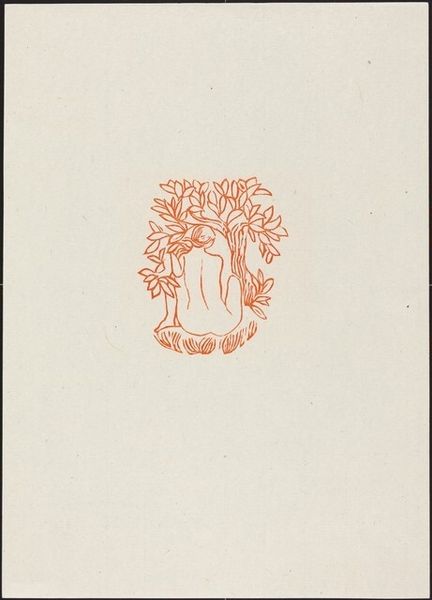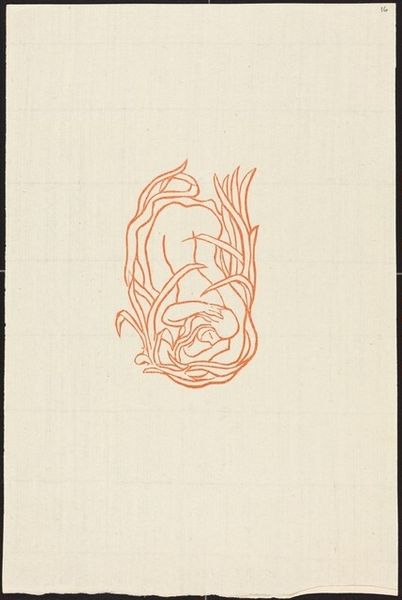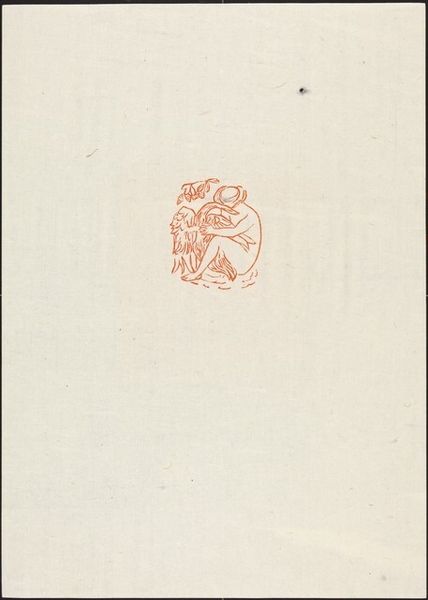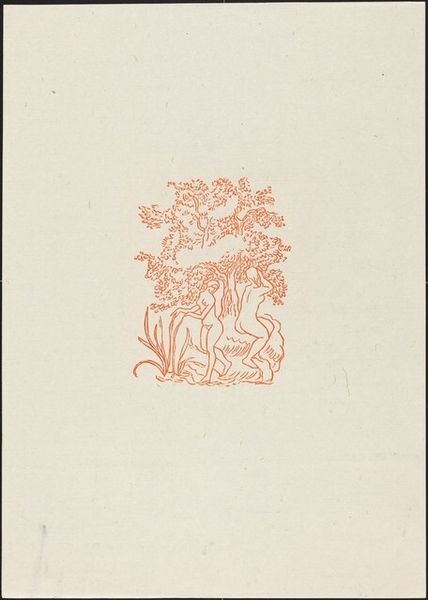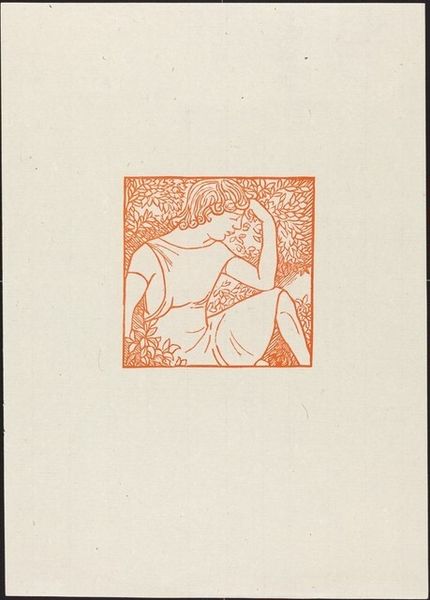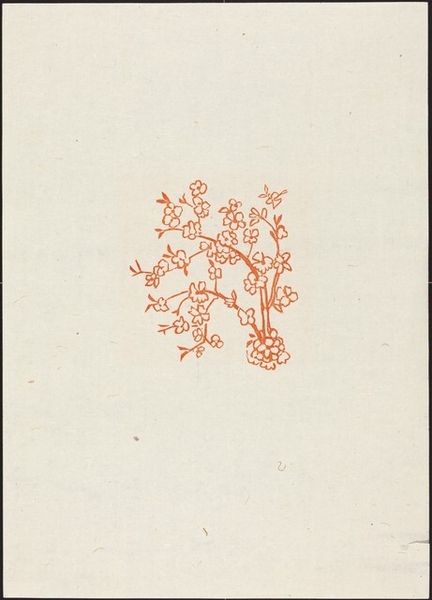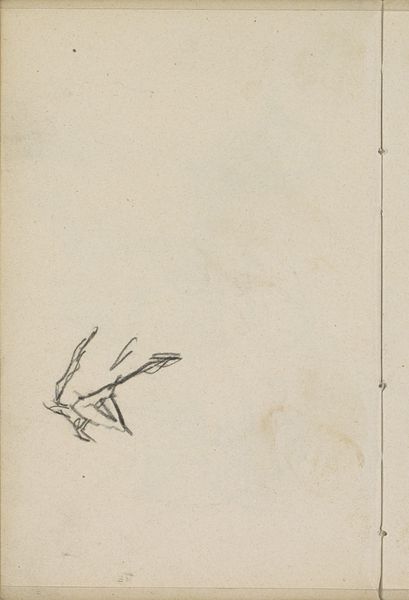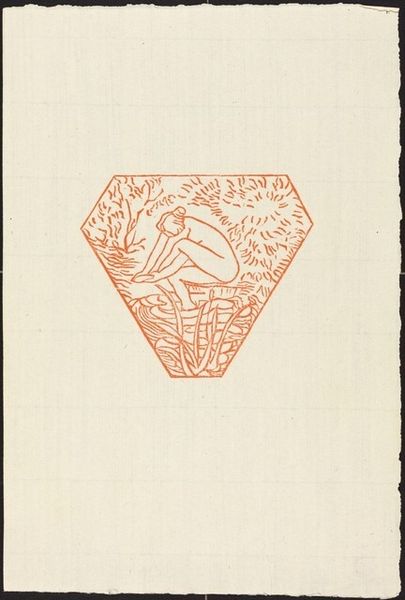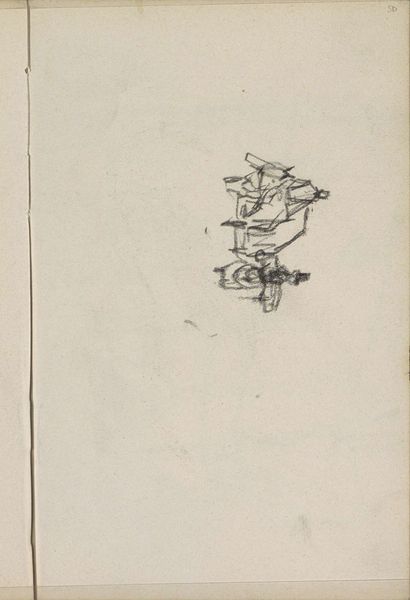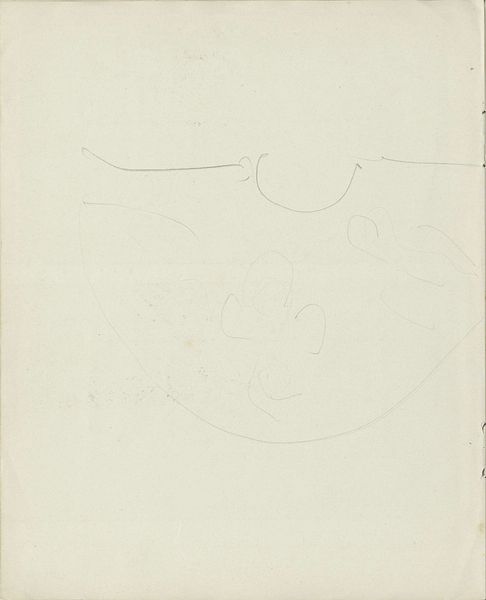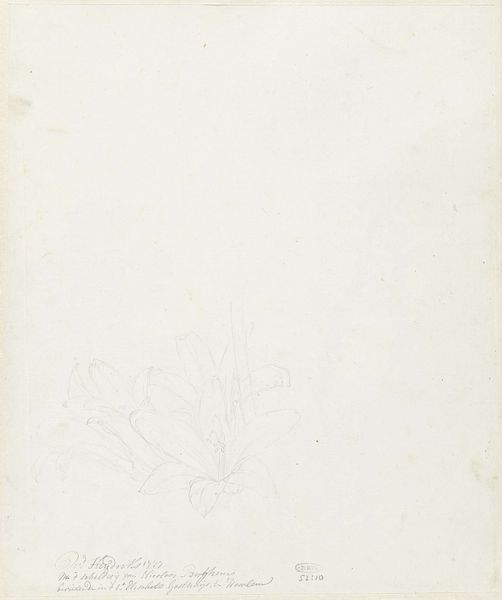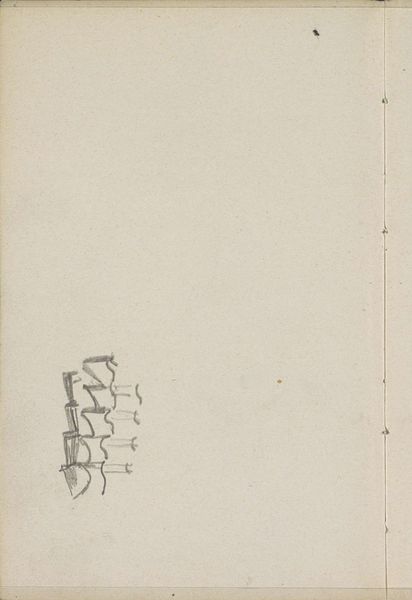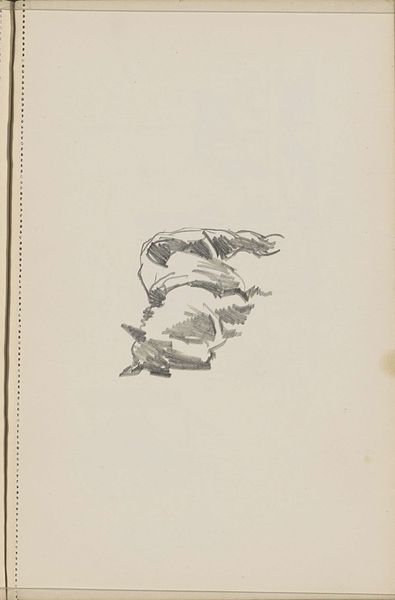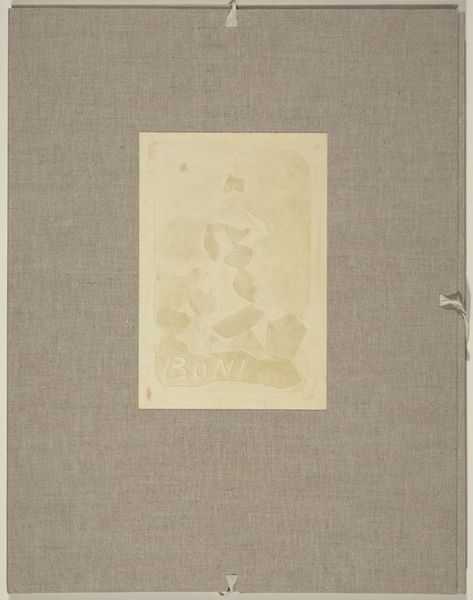
Third Eclogue: Naiad on a Dolphin (Naiade chevauchant un dauphin) Possibly 1926
0:00
0:00
Copyright: National Gallery of Art: CC0 1.0
Editor: This is Aristide Maillol’s "Third Eclogue: Naiad on a Dolphin," possibly from 1926, created with pen and ink. I'm struck by how minimal it is. What do you see in this piece? Curator: Immediately, the pure lines, spare use of medium, and limited tonal range present themselves. Note how the artist focuses our attention on the figure through contrast. The almost absent background isolates the subject. Do you observe any potential significance in that isolation? Editor: It does make the naiad and dolphin seem… exposed, perhaps? What does that simplicity contribute, beyond just isolating the subject? Curator: Precisely. This reduction draws our eye to the fundamental components of form. The semiotic readings inherent to the subject — the aquatic realm of mythical creatures and the solitary figure atop, almost daringly minimalist, can be contrasted to consider themes of idealized form against organic shape. Note the tension. What stylistic precedents may be inferred? Editor: Is there a connection to classical Greek art with that idealized form you mentioned? Curator: Exactly. The classical echoes within Maillol's focus on idealized figuration are palpable. How would you relate its visual treatment to works of antiquity? The symbolic charge? The almost absent modeling of form? Editor: Thinking about it now, both have this simple kind of beauty that celebrates the human form through line work. This has certainly clarified the power of reduction in art! Curator: A keen observation. I also find myself reconsidering this drawing after your mention of isolation, of vulnerability, which subtly shapes how we view the whole composition.
Comments
No comments
Be the first to comment and join the conversation on the ultimate creative platform.
